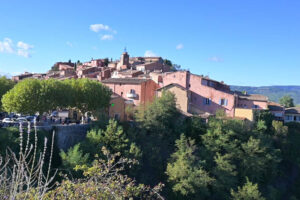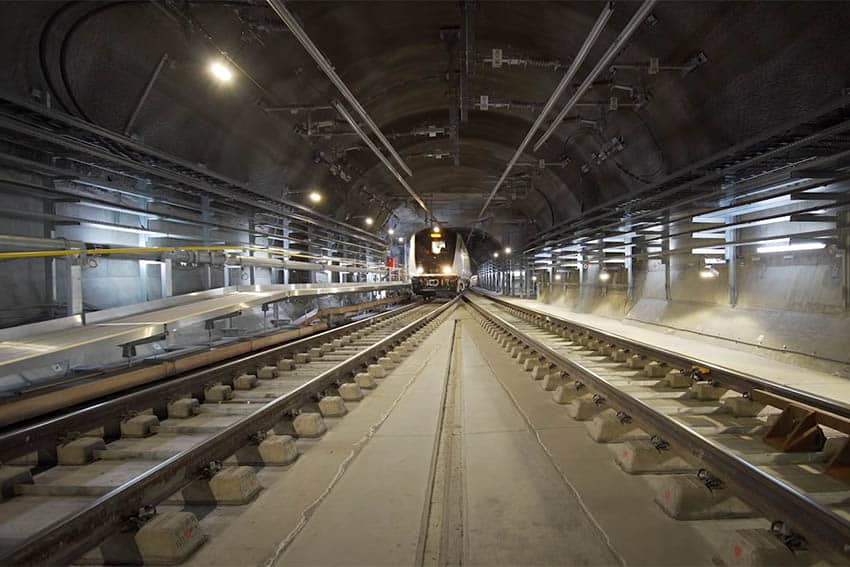By Oscar Davis
In the summer of 2022, I had the opportunity to visit Normandy, France, and it was an enlightening and
joyful experience. The region is known for its beautiful landscapes, rich history, and charming towns, and I was excited to explore it all.
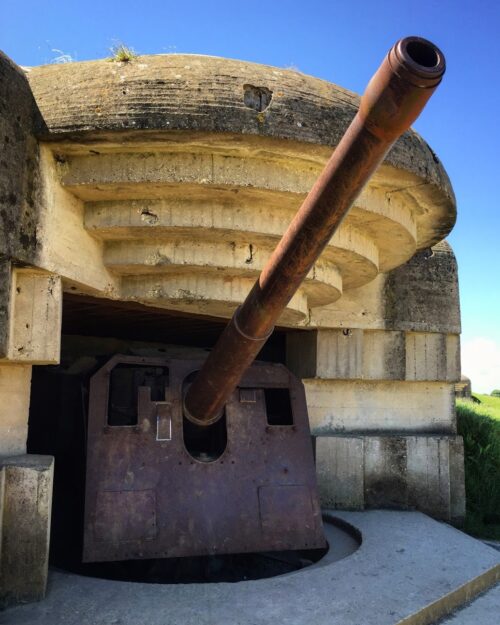
But Normandy is also known for having the worst weather in France, so I was still determining what to expect.
The Normandy region of France is rich in history and culture. There are a number of historical sites that will give you a better understanding of the region’s glorious past.
From the Roman ruins to the World War II historical sites, you will have much to see and explore during your stay in Normandy.
D-Day Beaches
There are many reasons why the D-Day beaches are the most important sites to visit in Normandy.
These beaches were the site of the largest Allied forces invasion during World War II. The invasion, which took place on June 6, 1944, was a turning point in the war and helped lead to the eventual defeat of Nazi Germany.
In addition to the historical significance of the D-Day beaches, they are also incredibly beautiful. The beaches are located on the Normandy coast, which is known for its stunning cliffs, sandy beaches, and clear blue waters.
You can book D Day tours by a reputed tour company to this site and get a chance to see a part of history that is both beautiful and significant.
Pointe du Hoc
Pointe du Hoc is a picturesque cliffside site that offers stunning views of the Normandy coast. From the cliff-top, you can also have an outstanding view of the countryside. This site is best known for being the location of a brutal battle during World War II, where brave soldiers fought to save the lives of their people.
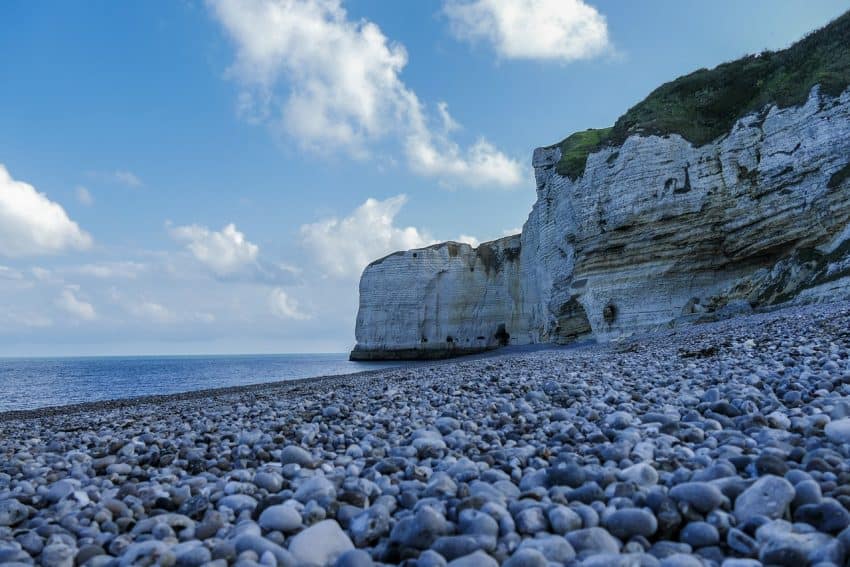
This site is also home to a beautiful memorial and museum that commemorate the lives lost during the war. You can also explore the remains of the German bunkers and trenches that still exist on the site. So, whether you are interested in history or simply want to enjoy some of the best views, Pointe du Hoc is definitely worth a visit.
The American Cemetery
The American Cemetery is located just outside of Normandy and is the final resting place for over 9,000 American soldiers who lost their lives during World War II. The cemetery is beautifully maintained and is a reminder of the ultimate sacrifice made by so many soldiers to protect their homelands.
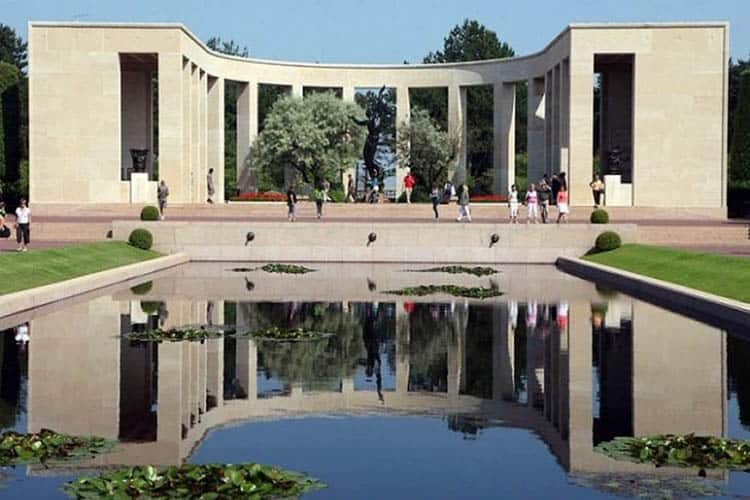
The American Cemetery is open to the public and is definitely worth a visit if you are in the area. It is a beautiful and moving tribute to the brave men and women who gave their lives for their country. The cemetery is beautifully landscaped and features a calm atmosphere perfect for reflecting on the sacrifices of soldiers.
Museum of the Battle of Normandy
This memorial museum in the Bayeux region of Normandy represents how Allied forces fought Germans after D-Day. It features weapons, uniforms, and vehicles of the army personnel to give visitors a sneak peek into what happened during the battles.
If you are visiting Normandy, make sure to visit this museum and ask your tour guide if they have this site on their itinerary.

Bayeaux Tapestry
In the small village of Bayeaux, a legendary tapestry has been on display for centuries. It goes back, way back, to the days when Harold led the English to conquer the land of the Normans, and the long tapestry is a pictorial guide to the battles and what happened in 1066. This is one of best preserved pieces of fabric the world has ever seen and it is a must-see for anyone who visits Normandy.
My trip began in the city of Rouen, where I spent my first few days. The city is home to many impressive monuments and museums, including the Rouen Cathedral, which is a masterpiece of Gothic architecture. I also visited the Gros Horloge, a beautiful clock tower that dates back to the 14th century. The city’s historic quarter was a delight to wander around, with its narrow streets and timber-framed buildings.
Next, I made my way to the seaside town of Honfleur. The town is famous for its picturesque harbor, which is surrounded by colorful buildings and quaint cafes. I took a boat tour of the harbor and was treated to stunning views of the coastline. Honfleur is also home to the Sainte-Catherine Church, which is the largest wooden church in France.
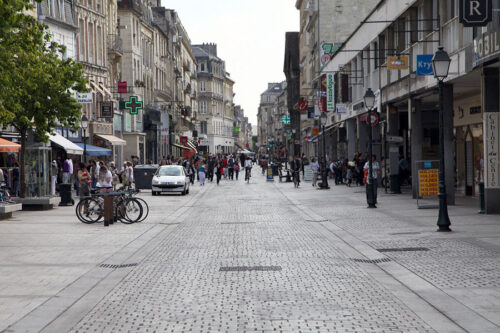

From Honfleur, I headed to the D-Day beaches. This was a highlight of my trip, as I’m a history buff, and Normandy played a crucial role in World War II. I visited Omaha Beach, which was one of the landing sites for Allied forces on D-Day. The beach is now a somber and beautiful memorial to the soldiers who fought and died there.
After my visit to the D-Day beaches, I drove to Mont Saint-Michel, one of the most famous tourist spots in Normandy. The island is home to a beautiful monastery and castle, which sit atop a rocky outcrop and are surrounded by the sea. I walked up the winding streets to the top of the island, taking in the breathtaking views of the surrounding landscape.
My last stop was the town of Bayeux, which is famous for its tapestry, a stunning piece of embroidery that tells the story of the Norman conquest of England. The tapestry is on display in the Bayeux Museum, and it was incredible to see it up close and learn about its history.
In conclusion, my trip to Normandy was an unforgettable experience. I highly recommend visiting this region, as it has something for everyone, whether you’re interested in history, architecture, or just stunning natural beauty.
Here are some additional tourist sites in Normandy, France You Won’t Want to Miss
Étretat Cliffs: Located on the Alabaster Coast, the Étretat Cliffs are a stunning natural site, known for their dramatic rock formations and panoramic views of the sea. The cliffs inspired many impressionist artists, including Claude Monet.
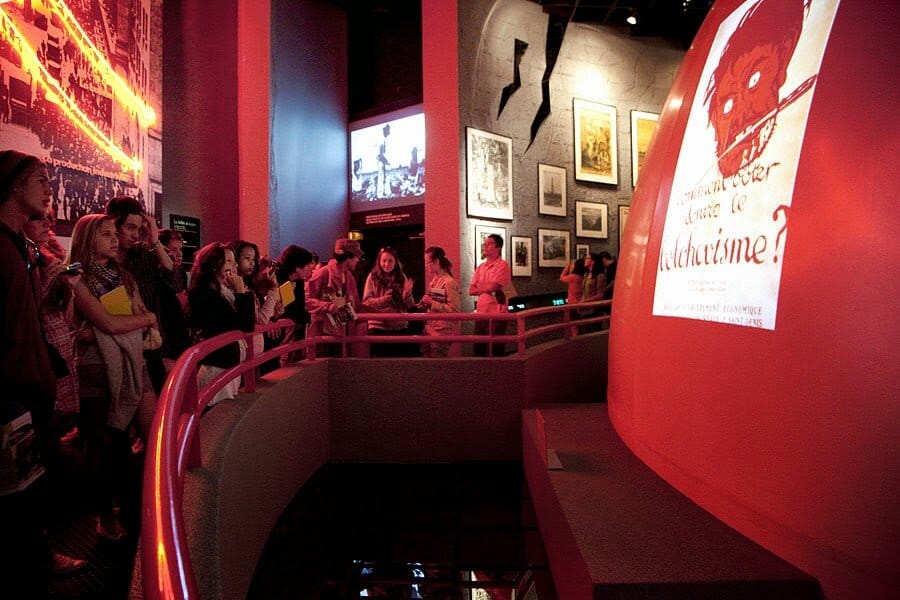
Château de Caen: This medieval castle was built by William the Conqueror in the 11th century and is now home to the Normandy Museum, which showcases the region’s history from prehistoric times to the present day.
Château de Balleroy: This elegant 17th-century castle was designed by renowned architect François Mansart and is surrounded by beautiful gardens.
Le Havre: This port city was heavily bombed during World War II and was rebuilt in a modernist style, which earned it a spot on the UNESCO World Heritage List.
Giverny: Located just outside of Normandy, Giverny is famous for its beautiful gardens, which inspired the impressionist artist Claude Monet.
Bayeux Cathedral: This impressive cathedral was built in the 11th century and features stunning Gothic architecture, including an intricate 12th-century tapestry depicting the life of St. Thomas Becket.
Caen Memorial Museum: This museum is dedicated to the history of World War II and is one of the most visited sites in Normandy. It features exhibits on the causes and consequences of the war, as well as a memorial to its victims.
Château de Falaise: This castle was the birthplace of William the Conqueror and is now a museum showcasing the castle’s history and the life of its famous resident.
Abbaye aux Hommes: This abbey was founded by William the Conqueror and is now a museum dedicated to the history of the abbey and the city of Caen.
Musée des Beaux-Arts de Rouen: This museum features an impressive collection of art from the 15th to the 21st century, including works by Monet, Renoir, and Rubens. The museum is housed in a beautiful 16th-century building and is well worth a visit.
- Saudi Arabia Might Be Your Next Getaway Spot - April 23, 2024
- Mongolia, the Land of Eternal Blue Sky - April 20, 2024
- These 9 U.S. National Parks Require Reservations in 2024 - April 17, 2024


